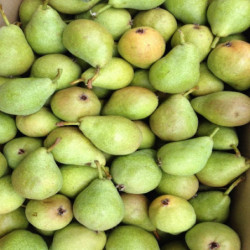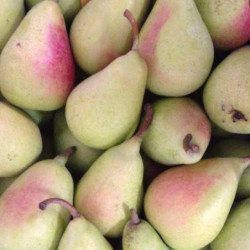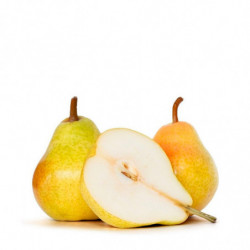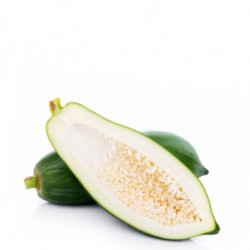Explore the Wonders of White Pear: History, Varieties, and Benefits
White pear belongs to the rose family, featuring a rounded shape and a smooth, thin skin with a pale yellowish-green hue. Inside, you'll discover its white and juicy flesh, boasting a sweet and aromatic flavor that makes it highly appreciated in the kitchen.
Essential Nutrients:
This pear is rich in nutrients, particularly in fiber, vitamins C and K, and potassium. It also contains antioxidants and anti-inflammatory compounds that may help prevent various diseases.
Prominent Varieties:
Various varieties of white pear originate primarily from Spain, France, and Italy. Notable among them are the Blanquilla de Lérida, Blanquilla de Aranjuez, and Blanquilla de Reus.
Culinary Uses:
In the kitchen, white pear finds application in both sweet and savory dishes. It's a common ingredient in salads, compotes, tarts, and desserts in general. Additionally, it can be consumed fresh, making for a healthy and refreshing snack.
Health Benefits:
Beyond its culinary properties, white pear also offers health benefits. Thanks to its fiber content, it may help regulate intestinal transit and prevent constipation. Studies have also shown that its consumption may reduce the risk of cardiovascular diseases and improve bone health.
History and Tradition:
Lastly, it's worth noting that white pear holds a long history and tradition in Mediterranean culture. It is one of the oldest pear varieties, cultivated in the region for centuries. Today, its cultivation spans the globe, with Spain being one of the leading producers.
Iconic Dish:
The quintessential dish that can be made with pears is the pear tart.























